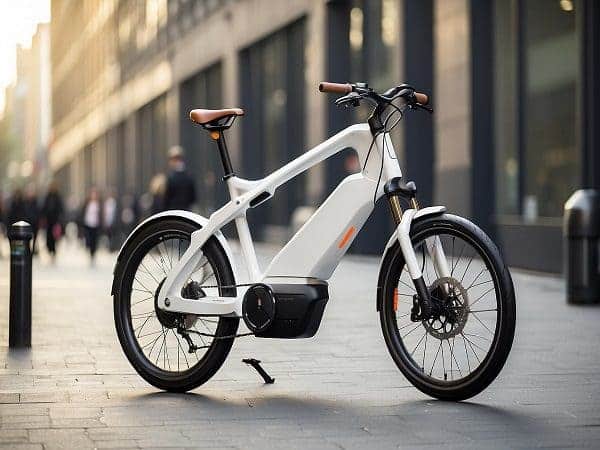E-bikes, often called electric bikes, revolutionize how we travel and explore our surroundings. These modern masterpieces are powered by an intricate system that combines electric help with human strength. Comprehending the workings of electric motorcycles involves examining the details of their parts, one of which is the back hub.lets dive into the detailed gudie of how much is an electric bike.
Essentially, an electric bike runs by combining electric drive with human pedaling. The electric motor is in the rear hub, which is crucial to its operation. Upon activating the pedals, the motor is notified by sensors to assist, enhancing the rider’s effort. The aid provided may differ based on the selected level and the type of terrain being navigated.
The rechargeable battery pack powers the electric motor located in the back hub. Long rides and high climbs become more accessible when the motor engages while the rider pedals. Furthermore, specific e-bikes have regenerative braking systems that use the energy generated by braking to recharge the battery and increase the bike’s range.
A more comprehensive broad spectrum of people can now ride bikes because of the adaptable and environmentally responsible alternative that electric bikes provide to conventional bicycles. Electric bikes are transforming transportation and leisure with their creative designs and high-performing features, opening the door to a more sustainable and environmentally friendly future.
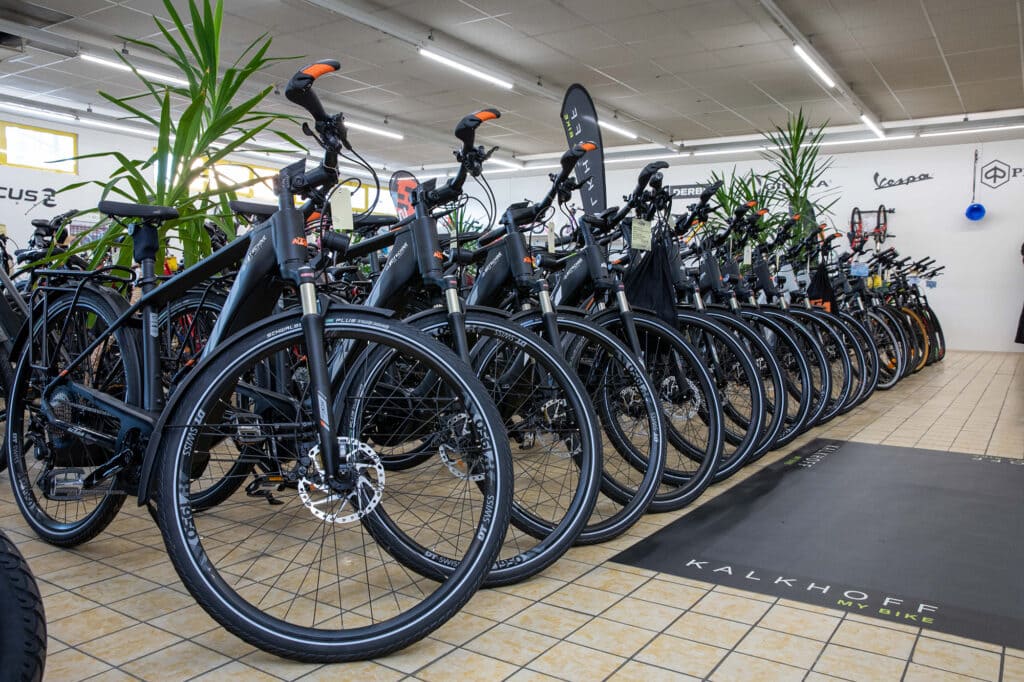
Understanding Electric Bikes: How They Work and Assist Levels on Hills
Because they are convenient and environmentally beneficial, electric bikes, or e-bikes, have become increasingly popular in recent years. They run on a combination of battery help and human pedal power. The rider can receive varied degrees of assistance from the electric motor powered by the battery based on the terrain and their personal preferences.
Electric bikes function by automatically modifying the assistance level to simplify climbing hills. A control panel or handlebar-mounted display allows the rider to adjust the assistance as they get closer to a slope. As a result, the motor produces greater power, requiring less effort from the rider to climb the incline.
Overall, electric bikes operate in a relatively straightforward manner. Sensors sense the rider’s pedaling motion and alert the motor to assist. Depending on the rider’s preference and the terrain, the level of assistance can be adjusted, with options ranging from minimum help to full power.
Regenerative braking is a standard feature on electric motorcycles that aids in battery recharging when the rider engages the brakes. This function increases the bike’s range and overall efficiency.
To put it briefly, electric bikes use battery power to help riders cycle; the amount of assistance can be adjusted to suit different types of terrain, including hills. They offer a cost-effective and environmentally friendly form of transportation for travel, recreation, and physical activity.
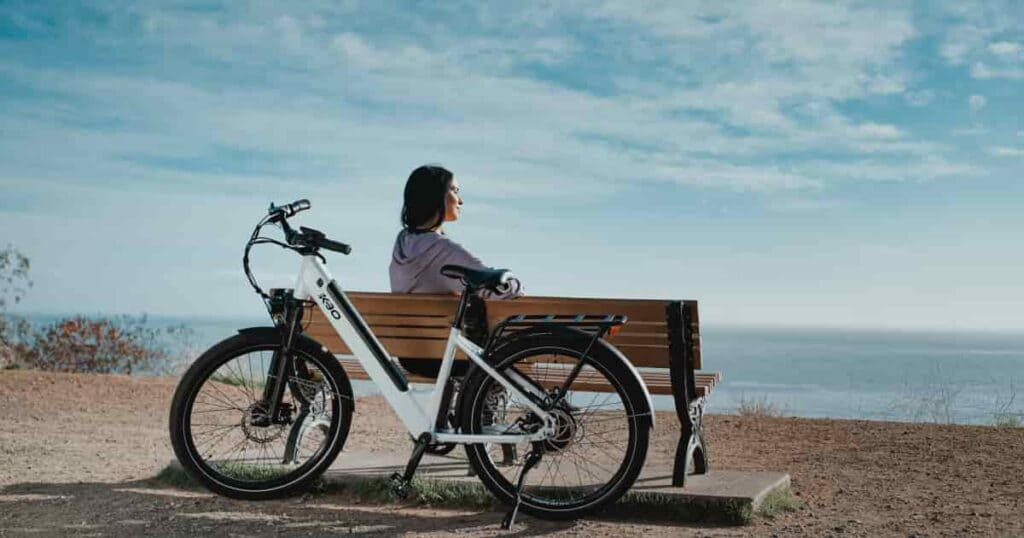
Exploring Electric Bike Motors and Their Functionality
In recent years, E-bikes, or electric bikes, have become increasingly well-liked as an environmentally friendly and practical form of transportation. With the help of electric motors installed in the bicycles, users may pedal more efficiently and cover greater distances without feeling tired.
Usually, the electric bike motors are mounted either in the wheel hub or next to the pedals. The most popular motors are hub motors in the front or back wheel. However, using the bike’s gears, mid-drive motors, which are placed close to the pedals, offer a more comfortable riding experience.
Various bike manufacturers make electric bikes; each has a unique design and set of features. Several well-known brands with a solid reputation for dependable performance and premium motors are Bosch, Shimano, and Yamaha.
How, afterward, do electric bikes function? Sensors recognize the motion of the rider’s pedaling and turn on the electric motor to help. Typically, a control panel on the handlebars allows riders to modify the amount of help and select how much of their pedal force they wish to augment with electric assistance.
The overall effect of electric bike motors is to improve the riding experience for riders of all ages and fitness levels by offering an additional push when needed. Due to technological breakthroughs, electric bikes are becoming increasingly more efficient and functional for riders worldwide.
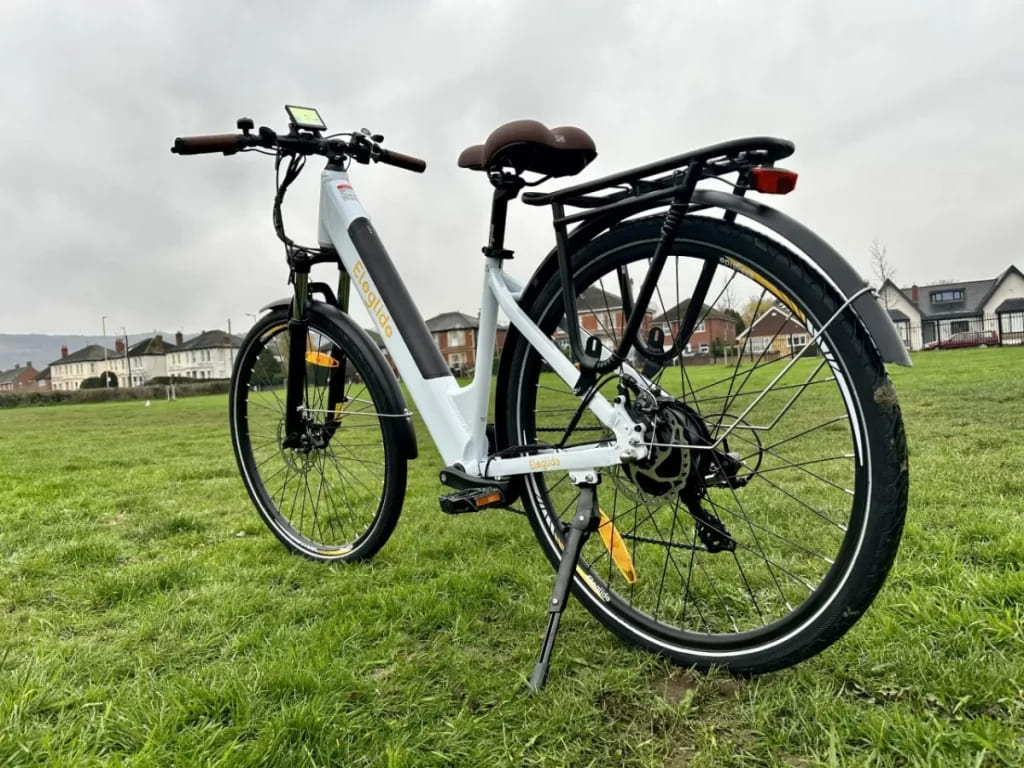
Unlocking the Power: Understanding Electric Citi Bikes and Their Battery Life
E-bikes, or electric Citi bikes, have entirely changed urban mobility due to their environmentally friendly and efficient design. In contrast to traditional bikes, which are driven exclusively by human pedal force, electric bicycles have an auxiliary battery-powered motor that helps the rider.
An electric Citi bike’s battery life is affected by several variables, including the battery’s capacity, the topography, the rider’s weight, and the degree of help utilized. E-bike batteries typically have a single charge capacity of 20 to 70 miles, while some models have considerably greater ranges.
How do electric Citi bikes function, then? Sensors recognize motion from the rider’s pedaling and turn on the motor to help. Through a control panel on the handlebars, riders may also modify the degree of help, allowing them to save battery life when necessary or gain an extra push on steep hills.
Electric Citi bikes provide several benefits over traditional bicycles, including quicker top speeds, less physical effort to climb hills, and more straightforward handling. But they also need battery maintenance and charging, which adds another thing for riders to consider.
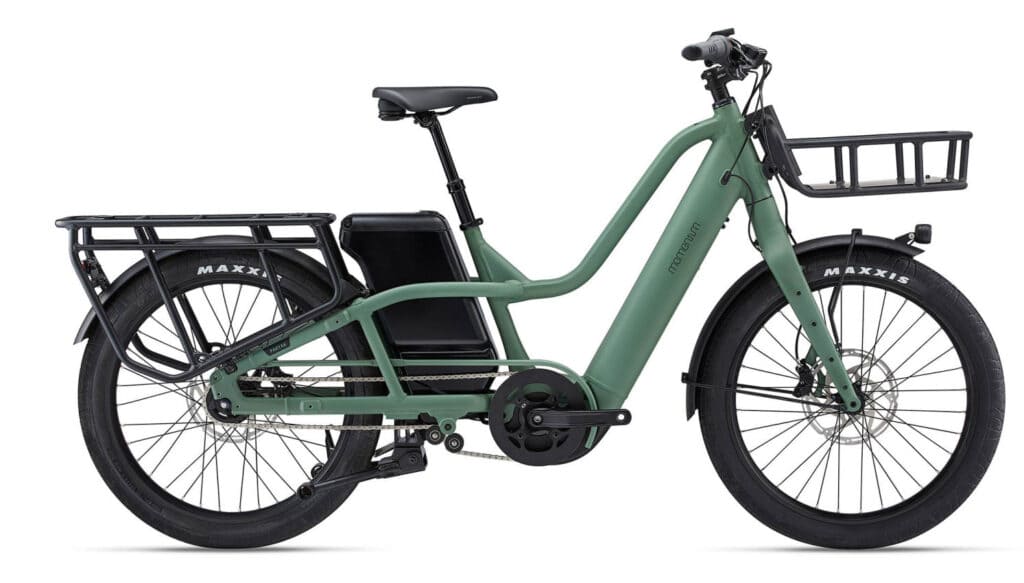
Exploring Hybrid Electric Bikes and Cargo Bikes
With the increased power of an electric motor combined with the practicality of a regular bicycle. Hybrid electric bikes provide riders with a practical and environmentally responsible form of transportation. These bikes usually include a mid-drive motor. Which is situated close to the pedals and distributes weight evenly while transferring power effectively.
Cargo bikes are ideal for carrying groceries, kids, or other significant objects. because they are made specifically to support large loads. Cargo bikes become even more adaptable when an electric motor is added, making it easier for users to go long distances or over rough terrain.
Let’s see how hybrid electric bikes operate. The rider turns the motor on when they pedal, adding more force to the bike’s forward motion. Rechargeable batteries, used to power the engine, may typically be filled with electricity from a regular outlet. Regenerative braking is a feature of some hybrid electric bikes that increases the range of the bike by capturing and storing energy during braking.
Likewise, the idea underlying electric bikes’ operation is the same: the motor helps the user pedal. But unlike hybrid electric bikes, which rely on the engine alone for propulsion, electric bikes are perfect for riders who might want more assistance when traveling long distances or up steep inclines.
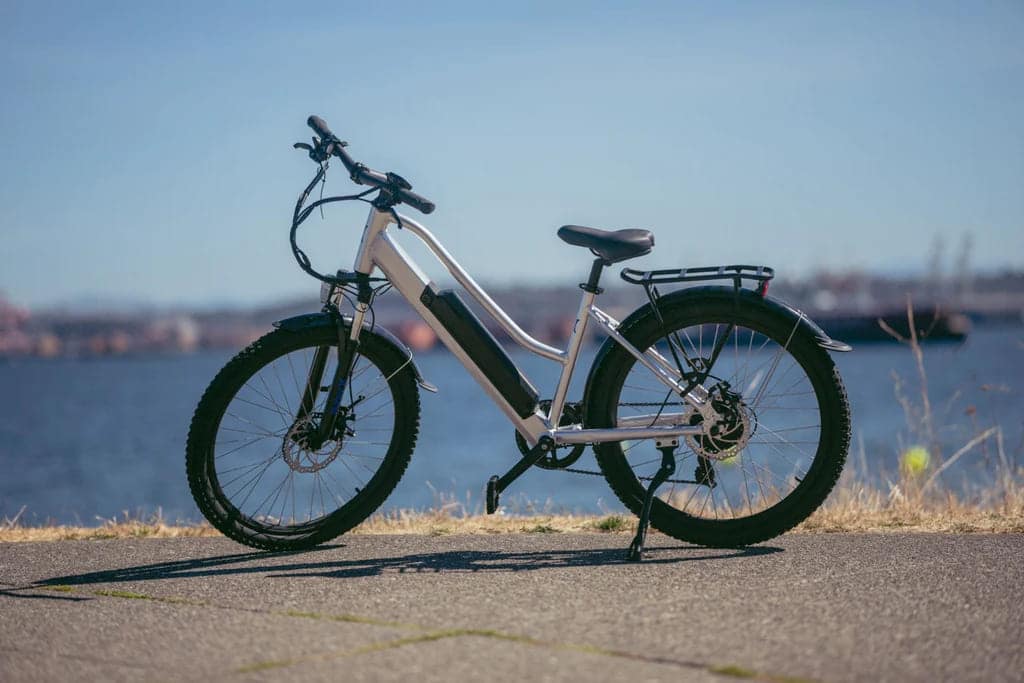
Exploring Electric Bike Technology: How Bike Batteries Power Mountain Bikes
E-bikes, or electric bikes, have become increasingly well-liked as an effective and green form of transportation in recent years. Bike batteries are the engine of these cutting-edge vehicles, giving the bike the power it needs to go forward.
Electric versions of bikes, especially mountain bikes, have become more popular, enabling riders to navigate difficult terrain easily. An electric mountain bike’s rear wheel frequently has a motor that runs on a lithium-ion battery pack. These batteries are perfect for powering electric bikes because they are lightweight and rechargeable.
How, then, do electric bikes function? Sensors sense the rider’s pedaling action and turn on the motor to give the cyclist an additional power boost. It is simpler to navigate rugged terrain and climb hills with this help. Using a handlebar-mounted display, riders can also modify the level of assistance to suit their riding style and circumstances.
The terrain, rider weight, and speed are some variables that affect the battery’s capacity and range. Most electric bikes range 20 to 50 miles between charge. With some more expensive versions having an even more extended range.
Electric mountain bikes use the energy stored in their bicycle batteries to give their riders an exciting and sustainable outdoor experience. The performance and appeal of these motorcycles are improving due to battery technology developments.


